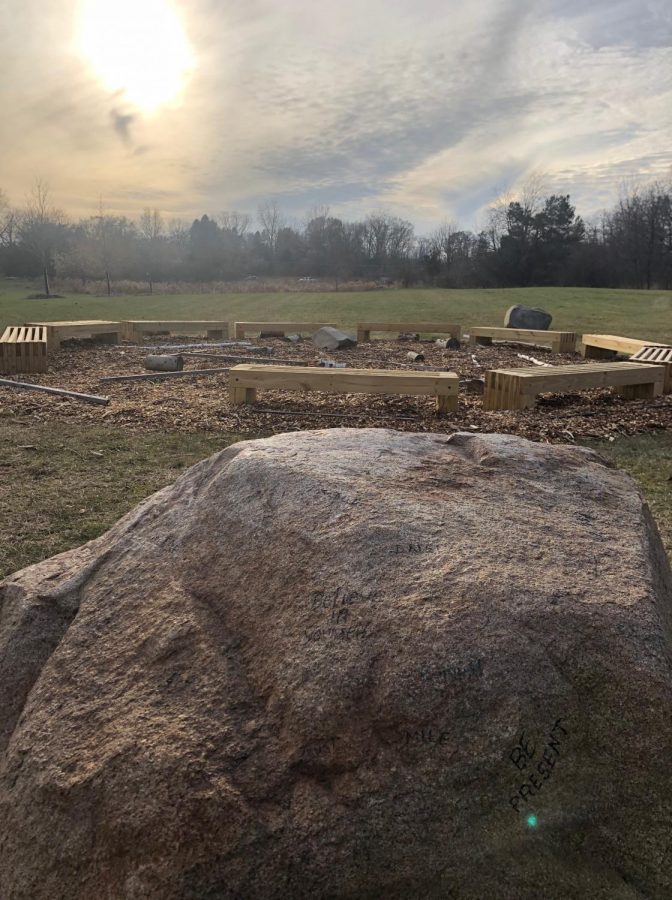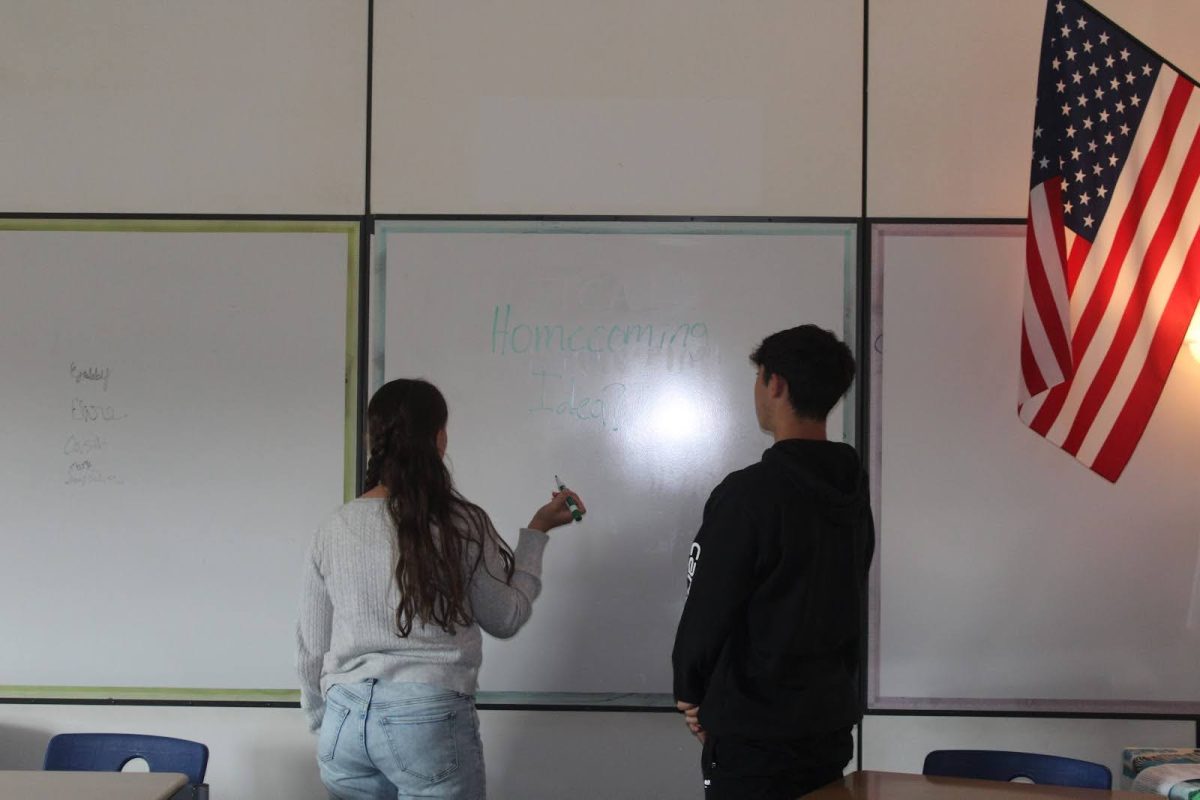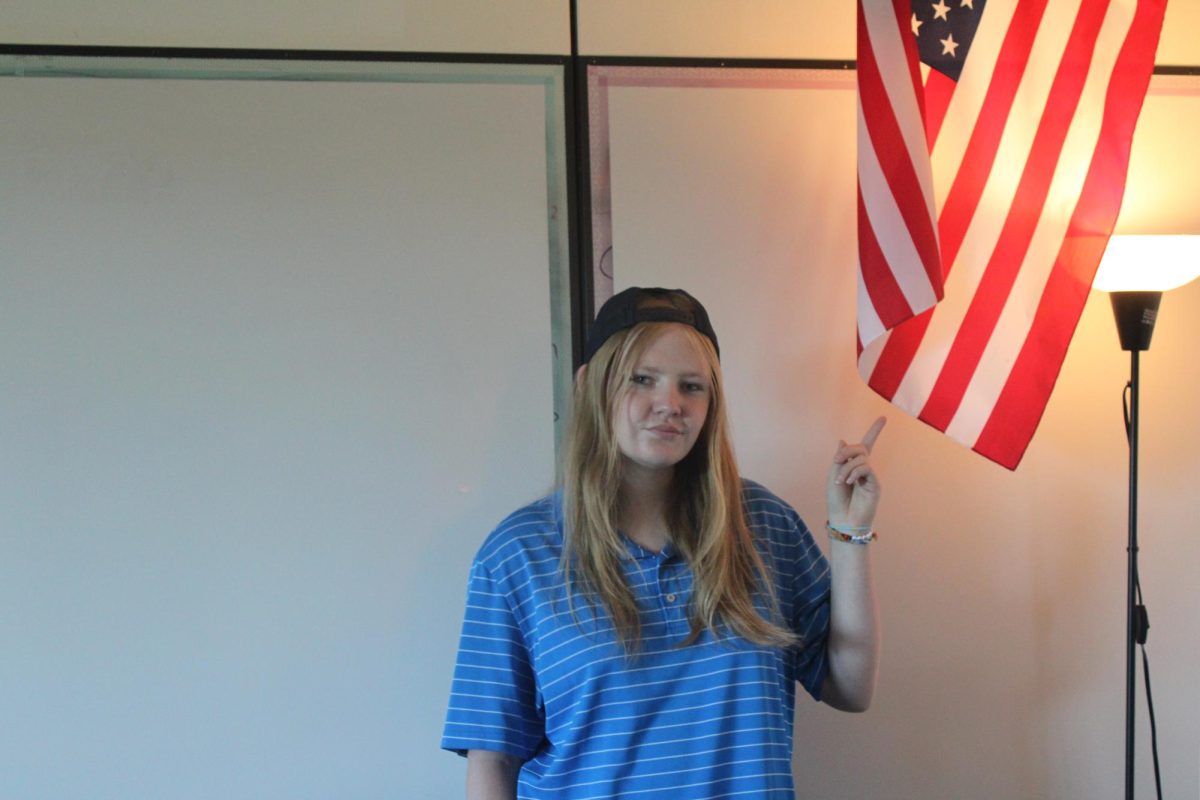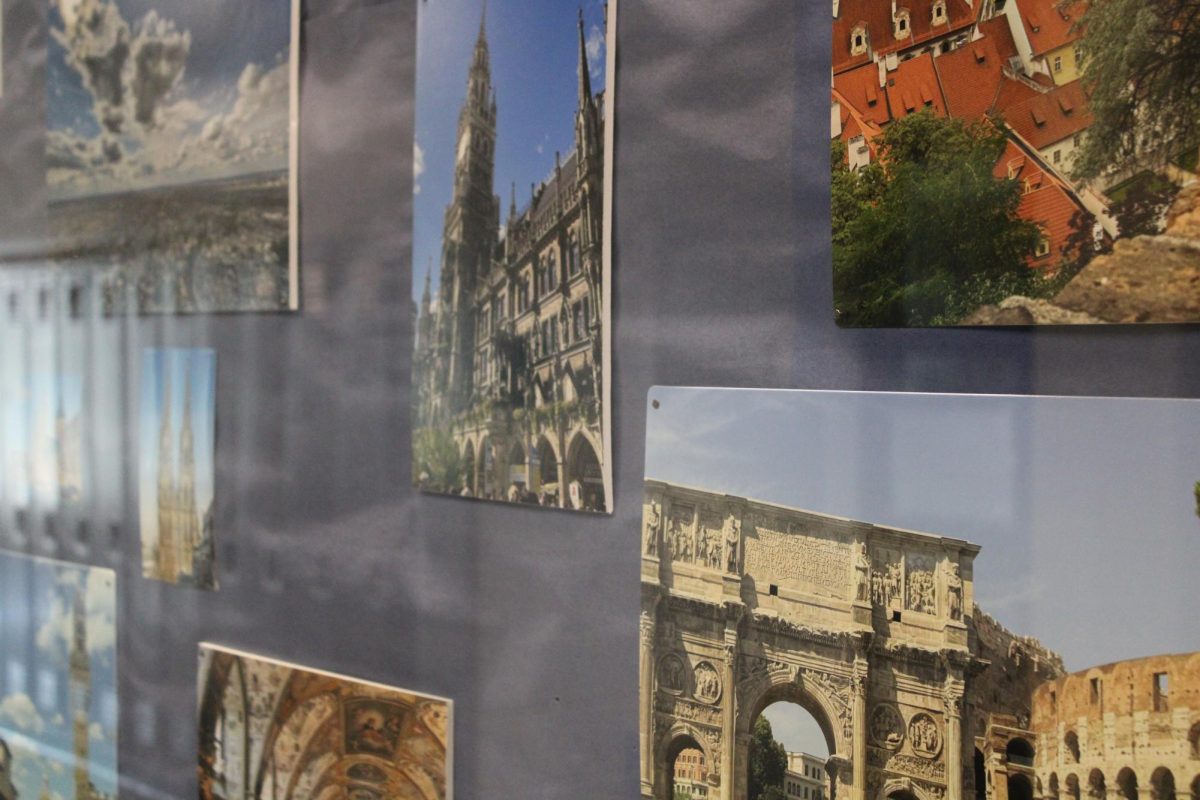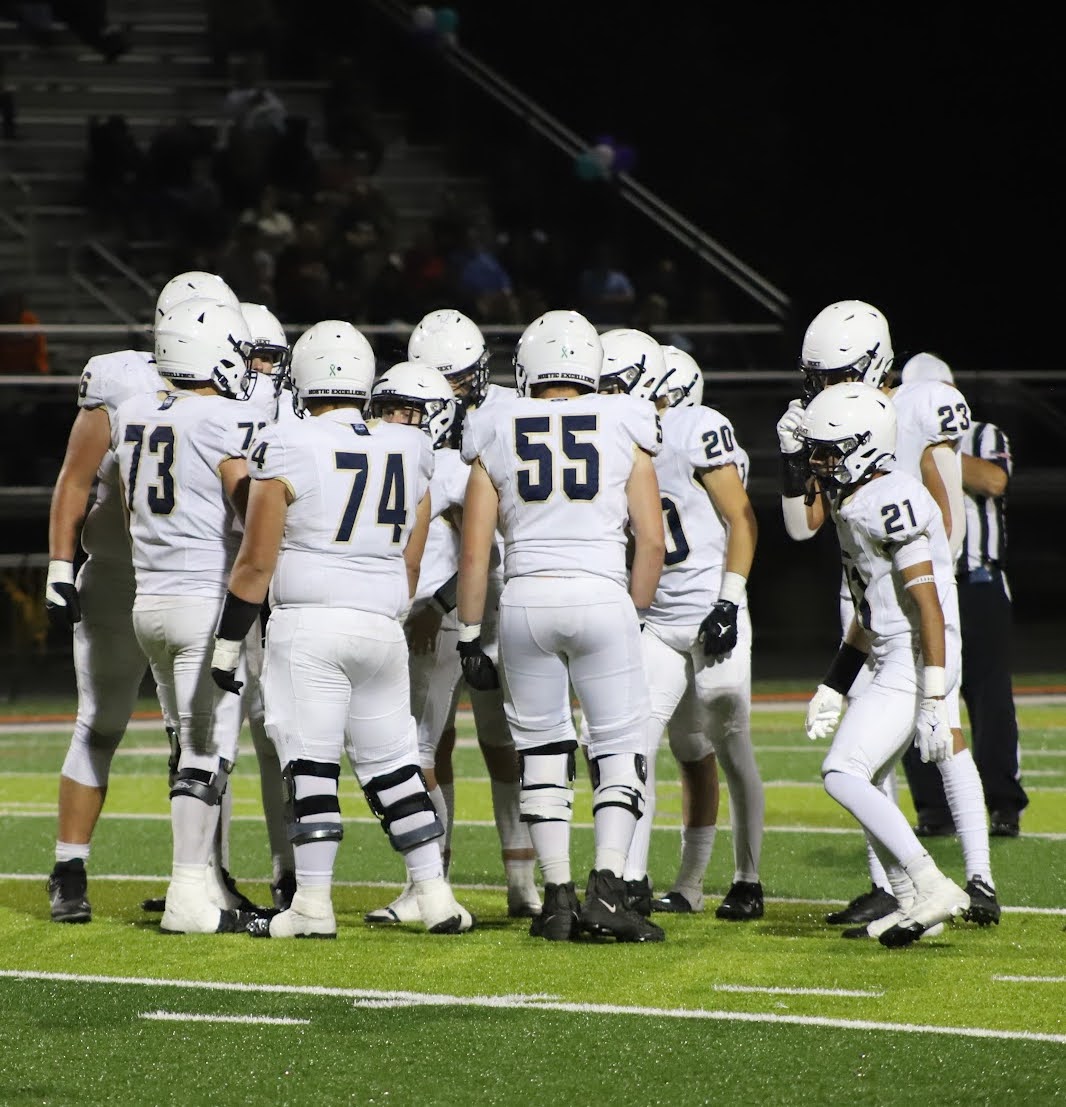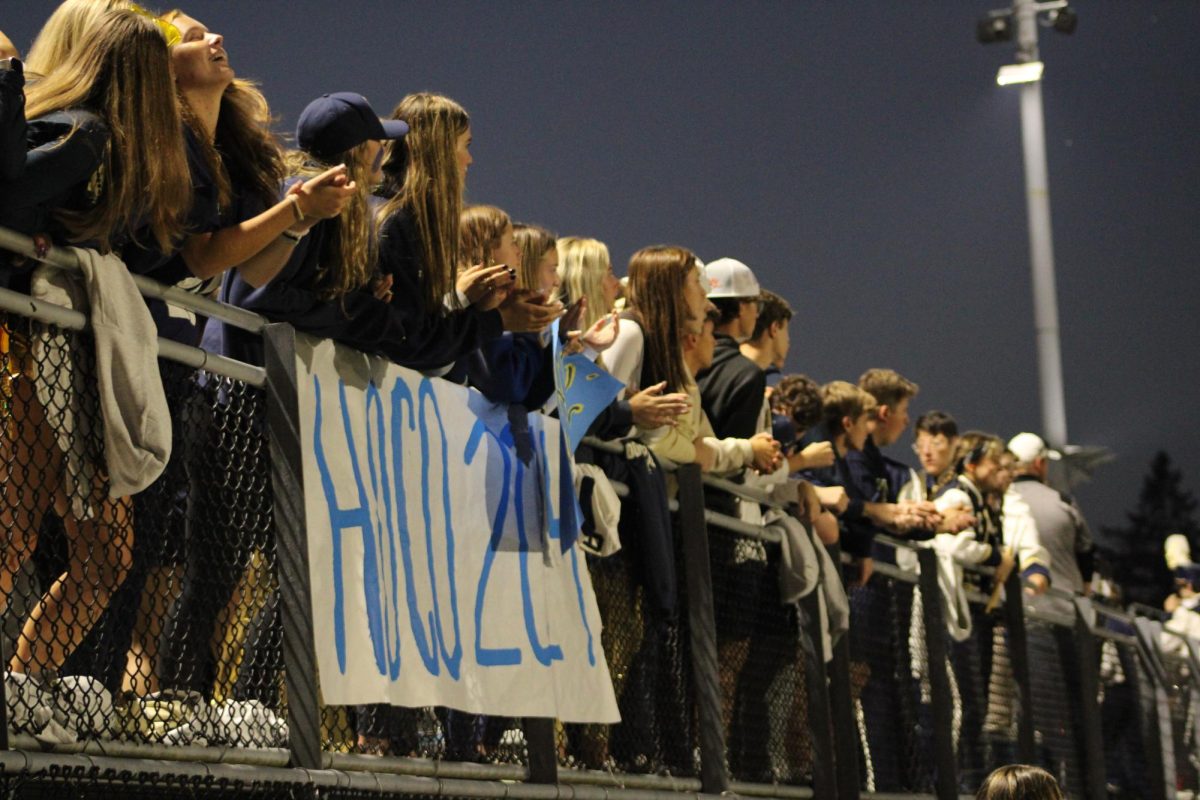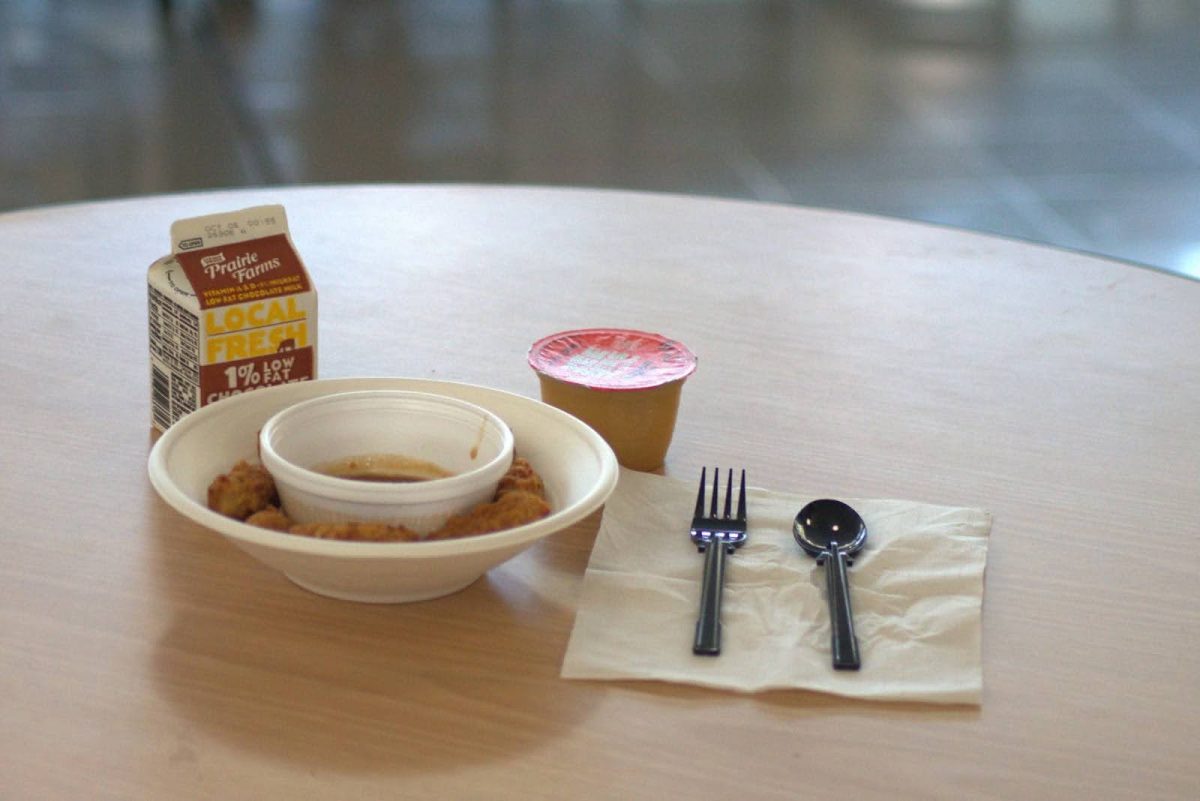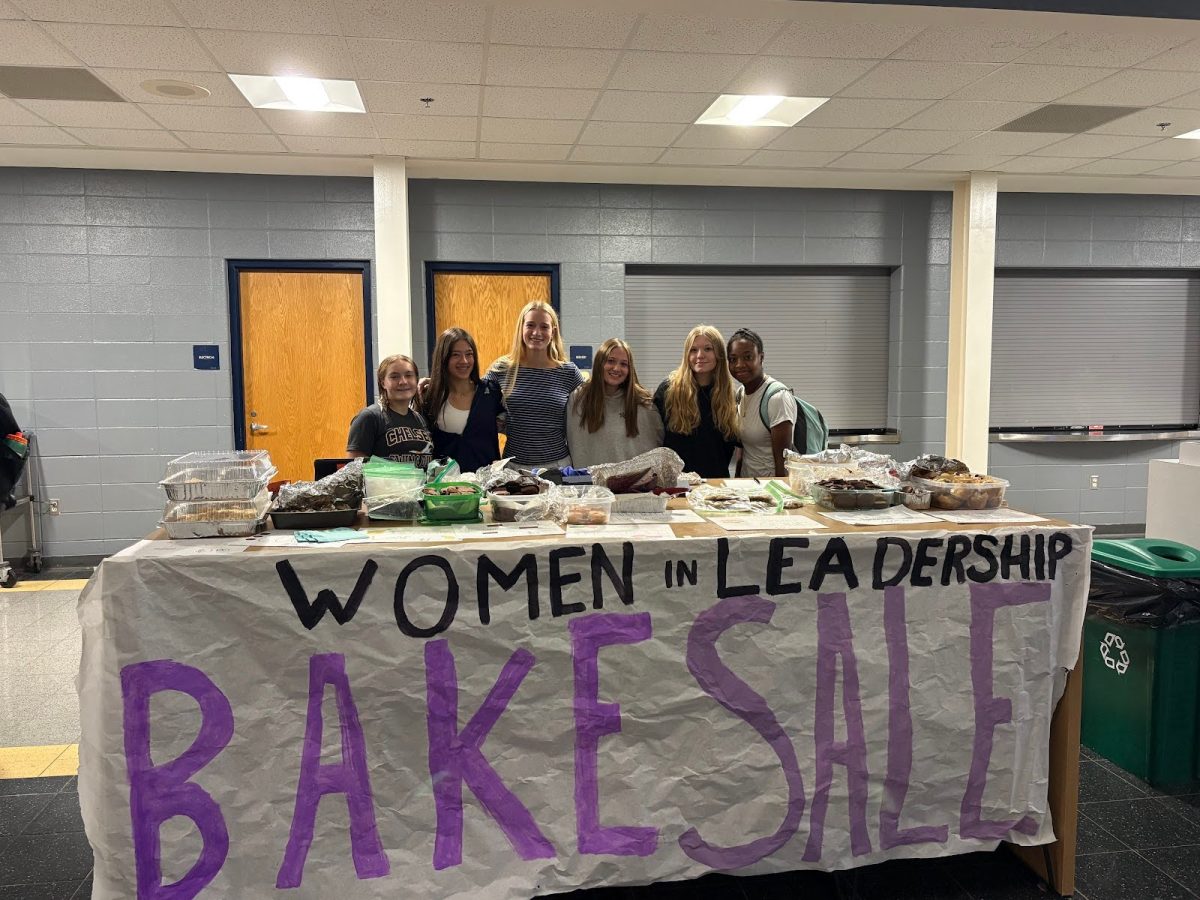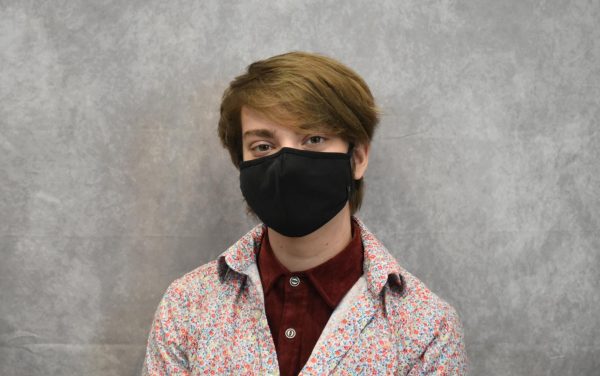The world is in a perpetual state of turmoil, with death and destruction running unchecked across the globe. Despite modern news sources being able to cover topics faster and spread news to more people more efficiently than ever, some of the world’s darkest events have seen little engagement from the public.
Right now, the eyes of the people are concentrated on Ukraine and Gaza, as innocent civilians face the wrath of unbridled violence. But Palestinians aren’t the only people facing genocide.
In what can only be described as a massacre, Congolese people have been killed and tortured ceaselessly for over two decades due to an ongoing perpetuation of corporate greed.
Though there are several different conflicts in the Democratic Republic of Congo, the one that is the most destructive is that of large technology companies exploiting the labor of Congolese people to obtain resources.
The Democratic Republic of Congo is rich with resources that are incredibly important to the production of electronics. Cobalt and copper are required for the manufacturing of rechargeable batteries, and cobalt and coltan are required for a vast array of electronic devices including game consoles, cellphones, and motor vehicles.
Because of the immense value of the DRC’s minerals, western countries have capitalized on the cheap prices of the metals produced by Congolese exploitation. Included in this are companies like Tesla, Google, X, and Microsoft. You may think that because the DRC is doing business with wealthy countries, they have enough wealth to go around to all of the workers, but in reality, the Congolese people are working in conditions that are dangerous and they’re getting paid barely enough to survive.
Many first-world countries are benefiting from the labor camps in the DRC, and the companies involved actively keep much of the gory information from reaching popularity within the media. The trade of the DRC’s resources with corporations is wildly unethical: companies that need these resources to make their products often do not disclose the exact origins of the resources that they receive from the DRC, making it impossible to know which corporations are sourcing their minerals from exploited civilians, and companies with vast public outreach and funds can easily prevent news like this from gaining traction. For the most part, this “silent genocide” has been kept out of the eyes of the public.
Though western countries don’t see what is happening overseas, conflicts in the DRC are ongoing. People are often displaced because of violence, especially that of militia groups like M23, and then forced to work in slave-like conditions in exchange for their lives. The United Nations estimates that 225,000 Congolese citizens are currently working in the Congo’s cobalt mines, and around 40,000 of those are children.
The resources in these mines are valuable, and whoever controls these minerals can count on becoming incredibly wealthy from their sale and transport. This promise of riches drives people in power to obtain it by any means necessary, leading to the exploitation of the Congolese people.
90% of the DRC’s international exports are made up of minerals, including cobalt, coltan, copper, nickel, diamond, lithium, and more, making it their leading source of income. Logically, it would seem like the money they make could be easily spread to the miners. However, they don’t pay the people who actually do the labor. In exchange for their tireless work, they’re barely paid enough for food, let alone a comfortable living.
Moreover, tens of thousands of the people working in the mines are children. Upwards of 40,000 minors are working in camps that require them to mine for minerals, even as young as five years old. The death rate of Congolese children under five in the DRC is seventy-eight, meaning that one in ten children aren’t expected to make it past five years of age. The DRC alone accounts for 11% of total infant deaths in Sub-Saharan Africa.
In addition to being forced to work for little to no compensation and a workforce made of vulnerable youth, miners in the DRC risk severe and potentially life-threatening health issues. The minerals that are extracted from these mines are dangerous: without proper protection, people can and will develop metal lung diseases like asthma, as well as have a significantly increased chance of getting lung cancer and developing skin issues.
Over six million people have died because the conditions are so bad, and around half of those people were children. It’s unfathomable that this many people have died, and yet it seems like nobody actually knows much about it outside of the DRC and surrounding countries.
The terrors do not cease at the deadly working conditions. Because of low pay and crop insecurity, a quarter of the population did not have enough food to eat in 2023, forcing them to go hungry. The spread of deadly diseases is also rampant in many communities, especially refugee camps packed with displaced people. Close contact and unclean food and water have led to the spread of cholera, ebola, measles, and more.
Still, the worries of these people do not cease. Militia groups in the DRC account for much of the violence in the country. There are over 100 different militia groups fighting with each other, causing a lot of destruction and death. Congolese people have to worry constantly about being caught in the crossfire— or being caught in general.
Volker Türn, UN High Commissioner for Human Rights, reported in a speech delivered this year on the second of April that “between 1 October 2023 and 15 March 2024, the UN Joint Human Rights Office documented 2,110 human rights violations and abuses throughout DRC,” including executions and sexual abuse crimes.
The UN Human Rights Office has recorded hundreds of cases of executions, and several dozens of cases of rape of both women and children, but they acknowledge that they don’t see anywhere near the total cases of human rights violations. Women’s WorldWide Web, an organization dedicated to womens’ empowerment, estimates that 1,150 women and girls are raped in the Democratic Republic of Congo every single day, which is nearly fifty people every hour.
The refugee camps are subject to tragedies that are endless and extensive, beyond even disease and rape. Recent bombings of refugee camps killed 30 people, including a mother holding her baby. Bombings like this have been happening often since the beginning of the larger conflict that began in 2023.
A video shared on YouTube by news group AlJazeera explains the conflict between rebel groups that led up to a bombing. Footage shared depicts the living conditions of the camps, including the cramped campsites and small tents that families have been living in. The footage also shows the aftermath of a violent attack, including the rubble of many tents and corpses, along with haunting audio of yelling and crying in the background. This is what the life of these people entails.
Why has our government turned a blind eye to our materials being sourced from the suffering of these people? Why haven’t our companies pulled away from capitalizing on war crimes? Why the violence? Why the greed?
It is unthinkable that anyone could be complicit in a crisis as large-scale and destructive as this, let alone play into it to make money. It’s truly terrifying to believe that we haven’t done more about any of the atrocities being committed around the world. To believe that we let things like this happen. The more I see how our government handles foreign affairs, the less hope I have.
As with much of what is happening in the world, I feel so helpless and almost guilty watching it all unfold from the comfort of my living room. I feel hopeless for the future of humanity. I mourn for all of the lives that never got to be lived. And I am furious for the victims. For the families of the victims. For every person living in a world where they suffer in perpetuity with no escape.
Free the Congo.

